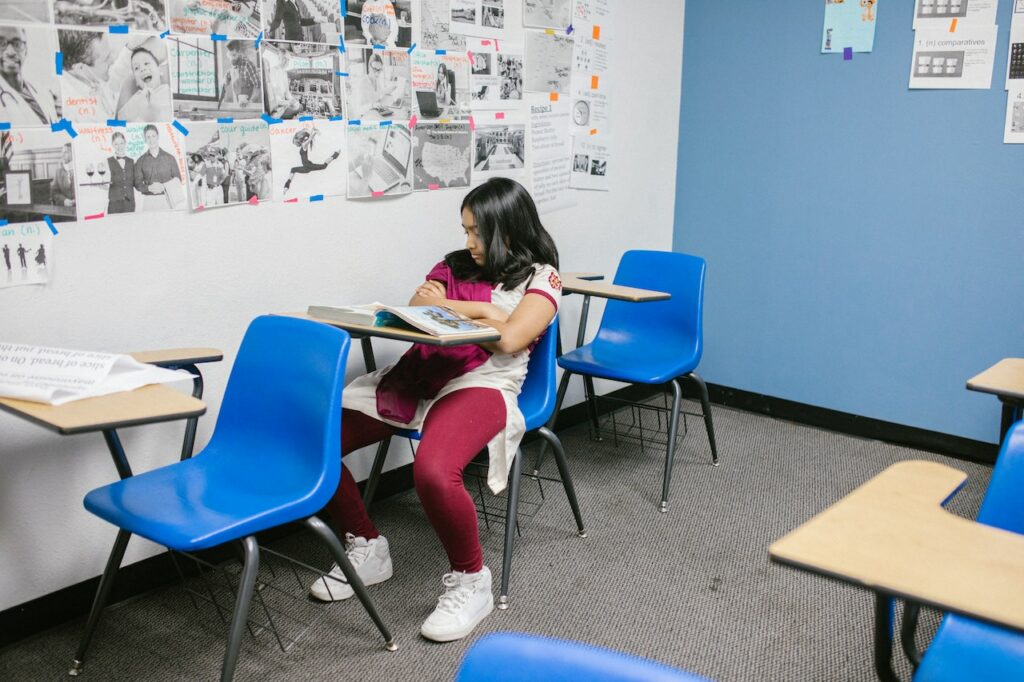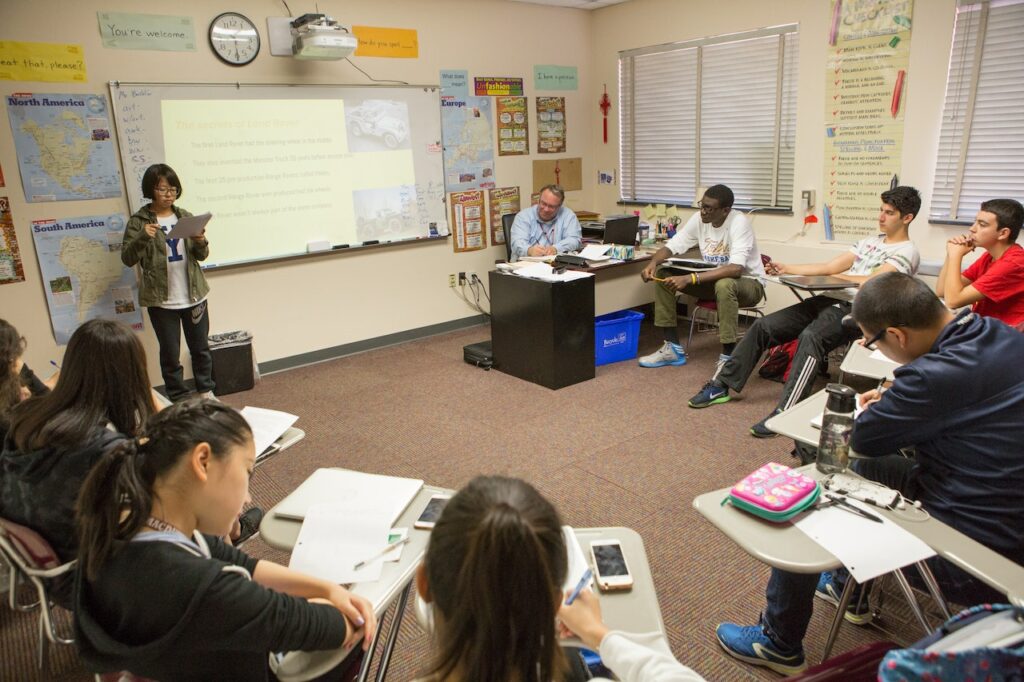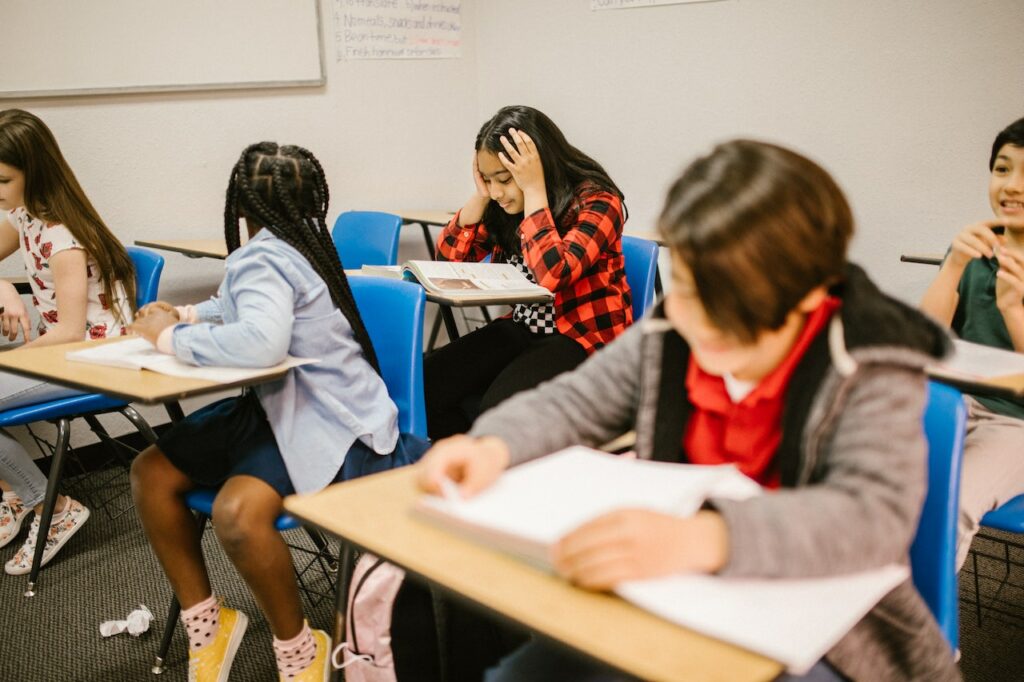Classroom Learning: Does It Worth It?
Classroom learning is the traditional way of learning. It’s been around for centuries and has served us well, but there are a few drawbacks to consider when it comes to conventional classroom learning.
Of course, we don’t disagree that classroom learning is a great way to get your education. You get to meet new people, learn from the best teachers and have a flexible schedule.
Nevertheless, in this post, we will explore the disadvantages of US classroom learning in more detail so that you can decide which teaching method is best for you.
Here are some things that might surprise you about classroom learning:
Classroom Learning Can Be Uncomfortable
One of the main disadvantages of classroom learning is that it can be uncomfortable.
Sitting in a chair in a room full of other people only sometimes makes for the most pleasant environment and it’s not ideal if you’re someone who prefers to learn alone or needs a certain amount of quiet to concentrate.
Additionally, classrooms tend to be cramped, poorly ventilated, and poorly lit – all factors that can contribute to discomfort and distraction.
This can make students feel tired or overwhelmed during lessons, affecting their ability to focus and learn effectively.
Limited Interaction between Teacher and Student
Classroom learning doesn’t always provide enough interaction between teacher and student.
This can be especially true in larger classes where only one or two teachers are responsible for teaching several hundred students at once. This lack of interaction can make students feel disconnected from their instructors, making it difficult for them to ask questions or promptly get feedback on their work.
Moreover, if a student needs help understanding a particular concept, they may have few opportunities to discuss it further with the teacher during class time due to time constraints.
Classroom Learning Can Be Expensive
Another disadvantage of classroom learning is that it can be expensive. If you’re taking a course at college or university, you must pay tuition fees and other associated costs such as textbooks and materials.
Additionally, if you need to travel to attend classes, travel expenses will also involve. For the personalized approach, there is an alternative called online tutoring. If you want to learn more about its benefits, read this article.
These costs are simply too high for many people and prevent them from taking advantage of educational opportunities due to financial constraints.
Inadequate Preparation for Real-World Scenarios
Classroom learning does not always prepare students adequately for real-world scenarios. In many classrooms, teachers focus on teaching theory rather than practical skills that could help students succeed in the future.
For instance, if you are studying business management in college, you may learn about theories such as organizational behavior or marketing management without having the opportunity to apply what you’ve learned in an actual business setting or even see how such concepts are applied in real-world situations.
As a result, when you graduate and enter the workforce, you may need to prepare for specific tasks or unfamiliar concepts.
Lack of Engagement and Participation
Moreover, traditional classroom learning often fails to engage and motivate students to participate actively in class discussions or activities.
This is especially true if teachers rely too heavily on lecturing rather than encouraging students to think critically about what they are learning or providing opportunities for hands-on activities that require active participation from all class members.
When this happens, students lose interest quickly because they do not feel personally invested in what they are being taught. This can lead to boredom and frustration among both teachers and students alike.

Classroom Learning Is Not Always Flexible
The final disadvantage of classroom learning is that it is only sometimes flexible enough for everyone’s needs.
If you have other commitments, such as work or family responsibilities, fitting in time for your studies may be difficult with traditional classroom-based courses, which often require attendance at specific times throughout the week or term.
Additionally, classrooms tend to follow rigid timetables with little opportunity for customization – something which can limit your ability to progress according to your own pace or interests.

Classroom Learning is Not Free from Drawbacks
Although some downsides are associated with traditional classroom learning environments, these issues can often be addressed by focusing on creating an engaging curriculum that encourages active participation from all class members.
While also providing opportunities for meaningful interaction between teacher and student outside of regular class times.
Additionally, educators should strive to create lesson plans emphasizing practical application over theoretical knowledge so that students will be better equipped with real-world skills needed to succeed in their chosen field when they graduate.
With these strategies appropriately implemented into any classroom setting, traditional classrooms can remain practical educational tools even amidst our ever-changing technological landscape.
Conclusion
While there certainly are advantages associated with traditional classroom-based courses, there are also some notable drawbacks – particularly when it comes to comfort levels, cost, and flexibility.
Ultimately, the decision should come down to what works best for your individual needs, whether online learning through virtual classrooms or one-to-one tutoring sessions. When you need help from tutors, you should read online reviews and carefully choose one. We’ve found a list of online tutoring companies to be sure you are safe.
Whichever route you choose, ensure you know all aspects involved before making any decisions!
